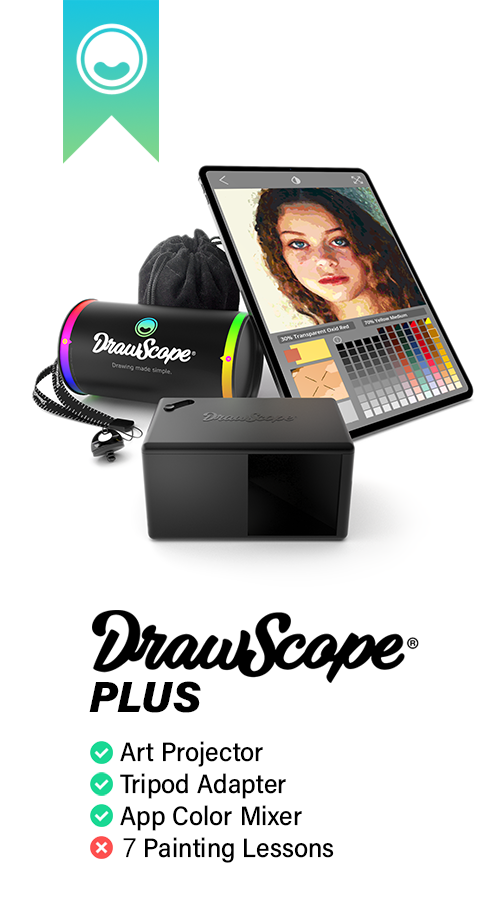Understanding the Camera Lucida: A Blend of Art and Science
The Camera Lucida offers a unique approach to drawing and observation, allowing artists to view a subject superimposed on their drawing surface. But how exactly does this marvel of optical engineering work?

At its core, the Camera Lucida operates on basic principles of optics. The device typically consists of a small, portable stand and a prism or a combination of mirrors. When an artist looks through the Camera Lucida's eyepiece, the prism or mirrors project the image of the subject onto the drawing surface, creating a ghost-like overlay. This optical illusion enables the artist to trace the subject with an astonishing degree of accuracy.
The key to the Camera Lucida's functionality lies in the phenomena of refraction and reflection. Refraction occurs when light passes through the prism, bending in a way that redirects the image of the subject onto the paper or canvas. In versions that use mirrors, reflection plays the primary role, with the mirrors angled to achieve a similar effect. This blending of the real and the reflected or refracted allows artists to see their hand and the subject simultaneously, enabling precise replication.
The Evolution of the Camera Lucida
Since its invention in the early 19th century by Sir William Hyde Wollaston, the Camera Lucida has undergone various refinements. Originally designed to aid in accurate sketching of landscapes and still lifes, it has since found applications in a wide range of fields, from microbiology to forensic science, where precision and detail are paramount.
In the digital age, the Camera Lucida continues to evolve. There are now apps for tablets and smartphones that mimic the device's function, using the camera to superimpose a live image onto a screen that can be traced. These modern adaptations maintain the essence of the Camera Lucida's purpose while making it accessible to a broader audience in a portable and user-friendly format.
For artists, the Camera Lucida is more than just a tool for accuracy; it's a means to explore the boundaries of perception, reality, and representation. It challenges the artist to consider the interplay between what is seen and what is drawn, offering a unique perspective that can significantly influence artistic technique and output.




